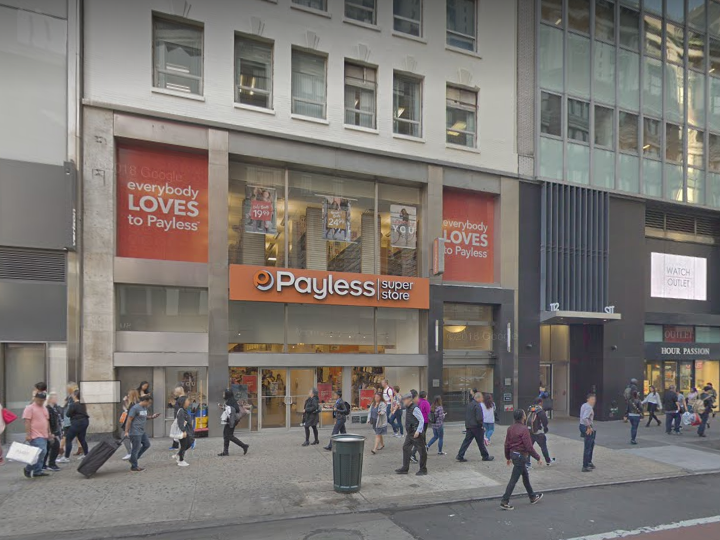Payless Bankruptcy Spells Trouble for Vulnerable Malls
After filing for its second bankruptcy, the company is shuttering a slew of valuable retail locations—but struggling malls may suffer most.
Payless ShoeSource, the retailer that once ruled the U.S. shoe market, is taking its last steps. The company, founded in 1965, announced earlier this week that it had filed for its second bankruptcy and would be closing all its stores across the country.
According to the company’s filing, it has about $470 million in debt. Payless filed its first bankruptcy in 2017 and closed 700 stores. The retailer emerged from the reorganization a few months later but was overwhelmed by the amount of debt carried.
“Despite our best efforts to address the rapidly changing retail environment, we—like many other retailers—have been forced to face very difficult choices,” the company wrote in a post on its website.
The shoe retailer said it plans to close 2,500 U.S. and Canadian stores and its e-commerce operations. The brick-and-mortar stores are set to remain open at least until the end of March, with most of them until May. Franchised stores and locations in Latin America will not be affected by the bankruptcy.
Weakening the foundation
While in many big cities, vacant retail in prime areas is sure to get snapped up quickly, shopping malls already struggling with store closures are vulnerable, according to a just-released report by credit rating agency DBRS.
DBRS wrote that they were concerned about the “ongoing loss of in-line tenants” at some properties. Payless is a tenant at many regional malls, many of which have had other troubled in-line tenants.
“Although the closures of anchor stores make the headlines and trigger co-tenancy clauses, it is often the in-line tenants that make up a large part of the revenue for a regional mall,” the company wrote in the report. Furthermore, the report notes that while the loss of one or two non-anchor tenants in a mall can be manageable, as closures expand, backfilling the spaces become more and more difficult, especially for 2 and 3-tier malls.
Finding a way to measure the risk of small mall tenants will be critical heading further into 2019, advised DBRS.
Image via Google Street View








You must be logged in to post a comment.